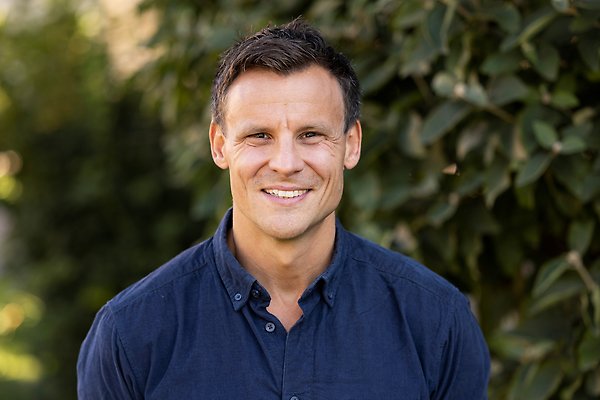Gun violence risks costing society dear

By looking at the diagnoses and medication people in an affected area have received, they will try to measure the impact of shootings on health. Photo: Getty Images
A shooting can affect many more people than those directly involved. Anxiety about continued violence, for example, can lead to people going on sick leave and children achieving poorer grades in school. Researchers now plan to study how shootings affect people in the areas at risk and the costs this entails.
SEK 75 million. That’s how much a shooting with one slightly injured and one seriously injured person costs, according to economist Ingvar Nilsson. This figure includes the cost to society for health care, police, the judicial system, witness support and penal care. Now researchers at Uppsala University, Malmö University and the London School of Economics are planning to conduct a study that also takes the indirect costs into account. These costs are relatively unknown at present.
“Shootings lead to anxiety and fear in society, and this in turn can be expressed in various outcomes that are actually costly, such as people going on sick leave or achieving poorer results in school, they may start to take antidepressants or move home,” says Oscar Erixson, researcher in economics at the Institute for Housing and Urban Research, the study’s project manager.

Economist Oscar Erixson plans to study the consequences of gun violence with colleagues from Uppsala University, Malmö University and London School of Economics. Photo: Mikael Wallerstedt
Are families with children more seriously affected?
The researchers are still waiting for funding to enable them to launch their study in earnest. When the funding has been approved, they plan to investigate the impact on people’s health in areas where shootings occur. Among other things, they will study whether these deeds have measurable effects on visits to clinics, drug prescriptions, sick leave and grades in school. As part of the project, they will also collaborate with a telephone operator to see whether shootings affect individuals’ motion patterns. Is it possible to see effects in the places people start to avoid? And who is affected most?
“We will be able to zoom in on certain groups. Perhaps families with children are more worried than 30-year-olds without children? This is important to know for preventive action and for providing support after an event of this kind.”
New to Sweden
Much of the research on the consequences of gun violence comes from the United States. The main focus there has been on mass shootings and school shootings, which are very dramatic events. This research has revealed that these deeds influence mental health and children’s results in school.
“We know that extreme shootings have consequences and now we want to test whether we also find this in Swedish contexts.”
If the researchers find measurable effects they will also try to find out how large a geographical area is affected by a shooting.
“We know from criminology that the fear of crime spreads in social networks. If someone writes about what has happened to them, it’s easy to start worrying that it will happen to me too. We want to see whether there might be a spillover effect of this kind between colleagues.”
Recent shootings in Uppsala have targeted relatives of gang members. This can also lead to more widespread anxiety among local residents.
At the same time, other trends in society indicate that we have become increasingly desensitised, which is reflected in the media coverage in particular.
“If we go back a few years in time, if there was a shooting and somebody died, it made the front pages, whereas now the news tends to be relegated to later pages, since it’s been normalised, which is tragic. But that’s another aspect we will be looking at, the way the media portray it.”
Potentially an argument for preventive measures
The hope of the research project is ultimately to be able to put a price on the indirect social costs. Knowing how expensive a shooting actually is would make it easier to put in the budget and justify putting resources into stopping the violence.
“Say a shooting leads to so many days of sick leave and affects so many thousand individuals each year, what does that make the price? When the cost is so high, it makes it quite worthwhile to invest in preventive measures.”
Sandra Gunnarsson
Facts
The research project “Living with the repercussions: consequences of gun violence for housing areas and individuals” is a collaboration between Oscar Erixson, Mattias Öhman, Mikael Elinder and Marina Toger from Uppsala University, Manne Gerell from Malmö University, and Magdalena Dominguez from the London School of Economics.
